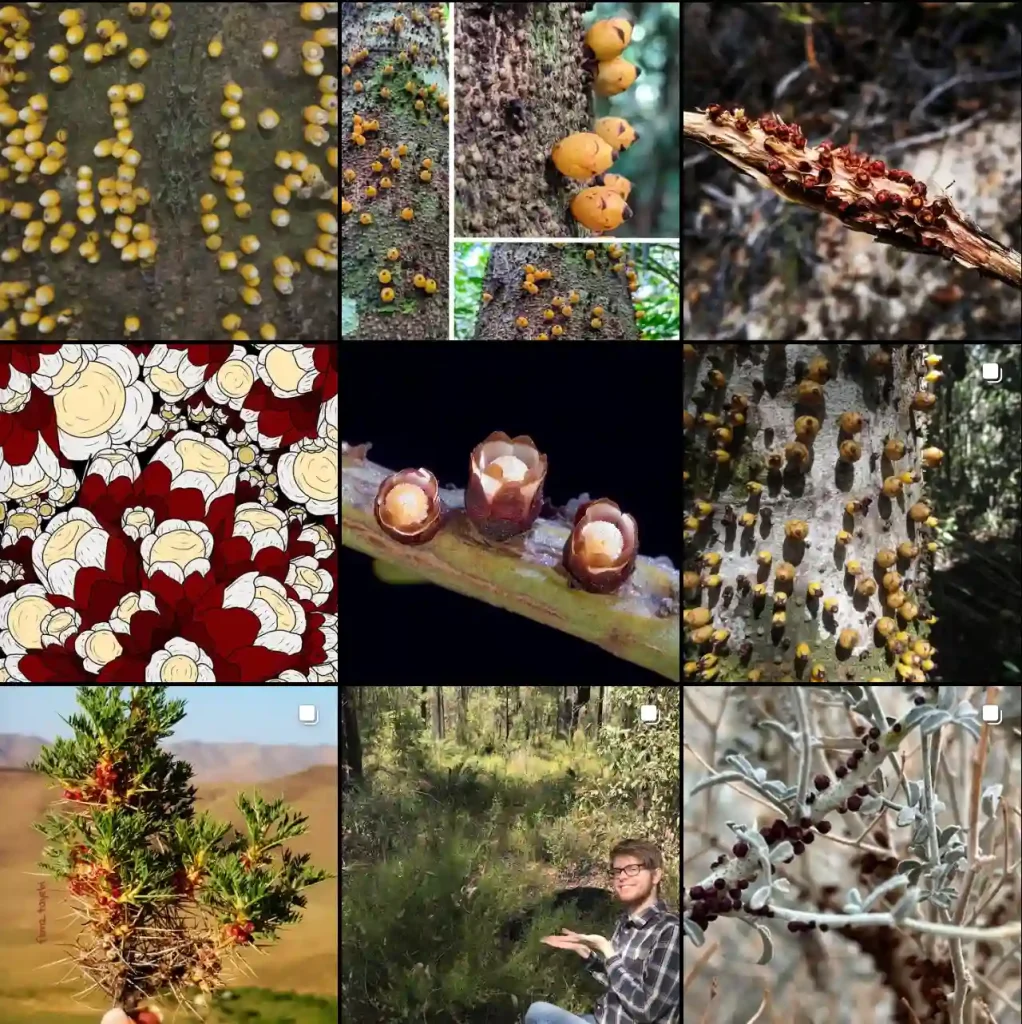The Alluring Allure of Calycanthus Aphrodite: A Gardener’s Guide
For years, my garden has been a canvas of vibrant blooms and fragrant foliage. But last summer, a new resident stole the show: the Calycanthus Aphrodite. This captivating shrub wasn’t just visually stunning with its deep red, magnolia-like flowers; it possessed an intoxicating fragrance that lingered in the air long after the blooms faded.
Since then, I’ve been completely smitten with Calycanthus Aphrodite. Its unique charm and low-maintenance nature have made it a favorite in my garden. Here, I share my experience with this captivating shrub, hoping to inspire you to cultivate its magic in your own outdoor space.
4 Species in Genus Calycanthus
What is Calycanthus Aphrodite?
Calycanthus Aphrodite, also known as the Sweetshrub ‘Aphrodite,’ is a captivating hybrid shrub boasting a captivating display. Its large, cup-shaped flowers, a deep, rich red, resemble oversized magnolias. Unlike its namesake, the scent of Calycanthus Aphrodite is a delightful surprise. Some describe it as fruity, while others detect hints of spice or even chocolate. The fragrance varies depending on the flower’s age and time of day, adding an element of intrigue to this already captivating plant.
Beyond the mesmerizing blooms, Calycanthus Aphrodite boasts lush, dark green foliage that provides a perfect backdrop for the vibrant flowers. In fall, the leaves transform into a stunning display of golden yellow, extending the visual interest of this remarkable shrub.
Calycanthus Aphrodite vs Hartlage Wine
When I compared Calycanthus Aphrodite with Hartlage Wine, I found Aphrodite to be the standout for its richer, more complex fragrance. The blooms on Aphrodite had this captivating, sweet scent with hints of spice that lingered in the garden, making it a pleasure to pass by. In contrast, Hartlage Wine’s fragrance was more subdued and less dynamic. Although its deep wine-red flowers were visually striking, the overall impact didn’t quite match the sensory experience Aphrodite offered.
Calycanthus Aphrodite vs Venus
With Calycanthus Aphrodite vs Venus, the difference was quite noticeable in the flower shape and fragrance. Aphrodite’s flowers were more elaborate, with a delicate, layered look that drew me in. The scent was slightly more intense and enchanting, which made Aphrodite my favorite for adding a touch of luxury to my garden. Venus, on the other hand, had simpler flowers and a milder fragrance. While it was still lovely, it didn’t evoke the same sense of indulgence as Aphrodite did.
Where to Plant Calycanthus Aphrodite?
Finding the perfect spot for your Calycanthus Aphrodite is crucial for its success. This beauty thrives in locations with either full sun or part shade. Ideally, provide morning sun and afternoon shade, especially in hotter climates.
When choosing a location, consider the mature size of Calycanthus Aphrodite. This shrub can reach heights of 6-8 feet and a similar spread. Plant it with ample space for it to flourish without crowding other plants in your garden.
Calycanthus Aphrodite prefers well-drained, fertile soil. Amending the planting site with compost or aged manure can provide the necessary nutrients and drainage for optimal growth.
How to care for Calycanthus Aphrodite?
Calycanthus Aphrodite is a remarkably low-maintenance shrub. Once established, it requires minimal care to thrive. Here’s what you need to know:
- Watering: Water your Calycanthus Aphrodite regularly, especially during its first year or during periods of drought. Aim to keep the soil consistently moist but not soggy. As the shrub matures, it becomes more drought-tolerant.
- Fertilizing: A light application of a balanced fertilizer in early spring can encourage healthy growth and abundant blooms. However, Calycanthus Aphrodite is not a heavy feeder and can thrive without additional fertilization, especially in rich soil.
- Mulching: Apply a layer of mulch around the base of the shrub to retain moisture, suppress weeds, and regulate soil temperature.
How to Prune Calycanthus Aphrodite?
Calycanthus Aphrodite doesn’t require heavy pruning. However, light pruning after flowering can help maintain its desired shape and encourage bushier growth. Prune by removing any dead, diseased, or overcrowded branches. Avoid drastic pruning, as Calycanthus Aphrodite flowers on old wood.
Is Calycanthus Aphrodite Pink?
While Calycanthus Aphrodite boasts a vibrant red hue, it’s not available in pink. However, there are other Calycanthus varieties with different flower colors, such as Calycanthus floridus, which has yellow blooms.
Planting Companions for Calycanthus Aphrodite
Calycanthus Aphrodite pairs beautifully with various plants, creating a harmonious and visually interesting garden space. Here are some ideas:
- Hostas: The shade-loving nature of hostas complements the sun-loving Calycanthus Aphrodite well. Their contrasting foliage textures add depth and visual interest to the planting.
- Ferns: Ferns, with their delicate fronds, create a lovely textural contrast with the bold blooms of Calycanthus Aphrodite. Plant ferns in areas with dappled shade to provide them with the ideal growing conditions.
- Spring Bulbs: Early blooming bulbs like daffodils or tulips can add a burst of color in the spring before Calycanthus Aphrodite comes into bloom.
With its captivating beauty, intoxicating fragrance, and low-maintenance nature, Calycanthus Aphrodite is a true gem for any garden. By following these simple tips, you can cultivate this captivating shrub and enjoy its allure for years to come.
If i die, water my plants!



